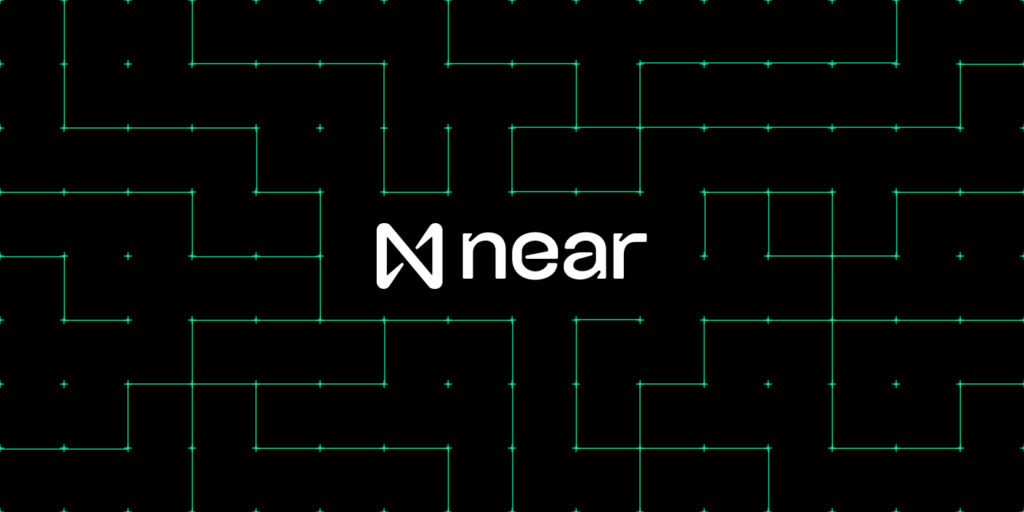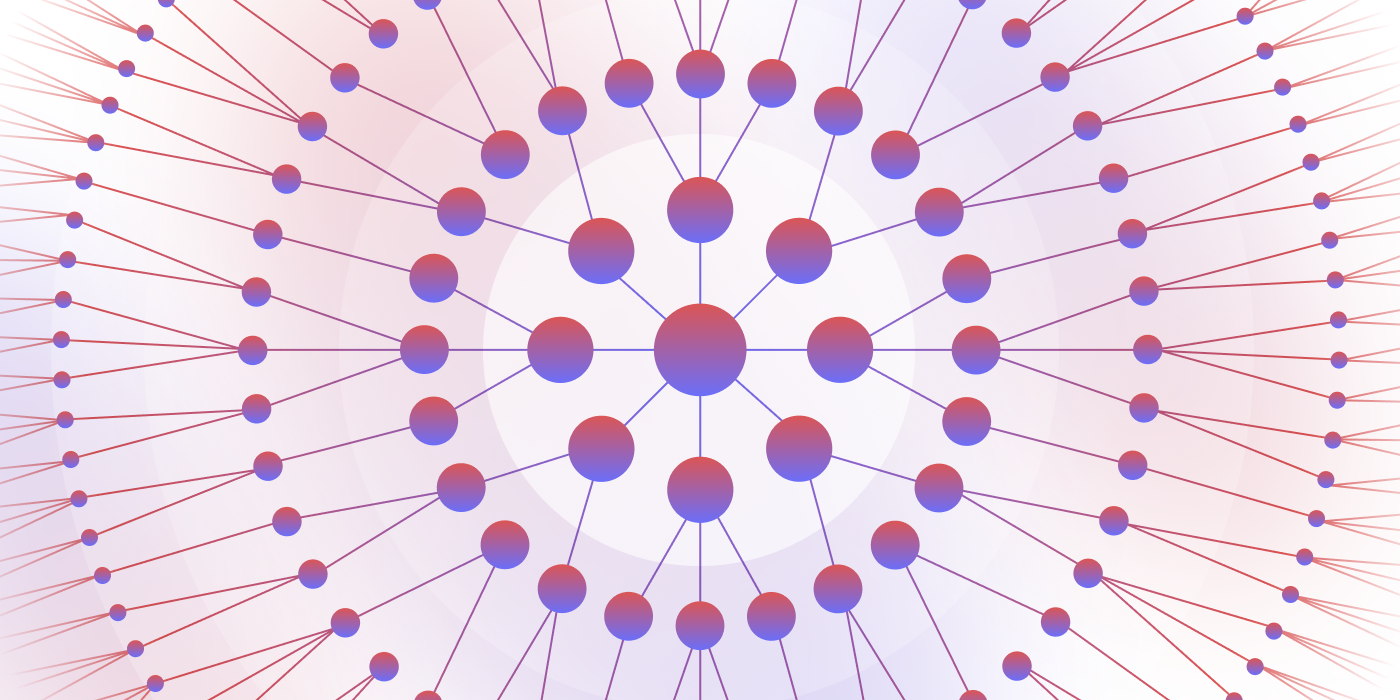NEAR Launches 1,000 Teacher Education Program
As part of NEAR Foundation, the NEAR Education team is building a vast and vibrant ecosystem with the mission of making the open web accessible to everyone, regardless of experience, age, background, or native tongue.
From lightweight, minute-long tutorials to the fully-fledged certification programs offered by NEAR University, a diverse range of expanding, community-led educational content illuminates the wonders of decentralization in a way that has never been more accessible.
To help make mass adoption of Web3 a reality, the NEAR Education team is launching a unique and exciting initiative to onboard 1,000 teachers from all backgrounds and disciplines. Through both self-paced and instructor-led online courses, workshops, and fellowships, this army of educators will learn the ins and outs of blockchain technology and will, in turn, pass that knowledge on to others.
If we can train 1,000 teachers—not just teachers, but those who simply enjoy learning and sharing—on all things NEAR, we can reach our moonshot goal of onboarding 1 million developers and, ultimately, 1 billion users.
It’s that simple: 1,000 teachers → 1 million developers → 1 billion users.
Ambitious? Yes. Doable? Let’s roll up our sleeves and find out.
Interested in learning and teaching with us? Be sure to head over to NEAR University for more information.
Why Create an Ecosystem of Teachers?
It’s great that Web3 developers and other crypto-natives can grasp blockchain’s technology and potential—that’s what brought crypto to the edge of this major paradigm-shifting moment.
To cross that threshold and truly shift the paradigm, this technology needs to be simple enough for anyone to understand. This initiative explains concepts in new and engaging ways: like how blockchain works as a digital clock that cannot be stopped, and how smart contracts are autonomous programs that always tell the truth.
To realize blockchain’s revolutionary potential, the technology has to disappear behind a layer of simplicity and clarity. Truth, trust, and time are major factors in our daily lives. If we can trust our friends and family with a copy of our house keys, or trust a bank with our life savings, then perhaps we will soon learn to trust (and easily use) smart contracts that can’t lie about our identity, money, and other valuable possessions.
These are the keys to understanding blockchain technology: it’s a digital clock, controlled by no one, that ticks in blocks and dutifully records our shared history. It never tells a lie. To read from it, we simply ask it, since all of its data is public. To write to it, we must use bank-level secure cryptography to identify ourselves before sending our instructions.
“A blockchain ticks like a clock,” says NEAR Education’s Sherif Abushadi, “and it is in this ticking we trust, because in the end, the network is keeping an indelible record of everything that happens using cryptography. There’s not enough money or computing resources on the planet to lie about the history of this thing. It is an economically incentivized truth.”
“So, now we can trust these things (computers) with stuff that we actually care about, like identity, money, and of course the combination of the two: something we all call ‘ownership’— that’s why this tech is so important,” says Abushadi. “This is a huge idea that developers alone are not qualified to handle. We need to pull in the artists, historians, philosophers, professors, economics experts, social studies, and home economics teachers so that together we might paint a clearer picture of the vast new future this tech will bring.”
All Backgrounds and Disciplines Welcome!
Are you a philosopher, an economist, or a social studies teacher? A historian? A brick-and-mortar business owner? An adventurer? Perfect! We want to hear from you.
Come learn, see, and teach the future with us.
We want the NEAR ecosystem to be a place where all feel welcome and able to learn, from developers and designers to makers, social entrepreneurs, and more. If Web3 is to fulfill its promise, we will need folks from all walks of life to help shape its future.
Learn Blockchain, Inspire Future Web3 Developers
In NEAR Education’s new initiative, you will go beyond the headlines of token speculation and NFT minting to explore the technology and innovation that lies at the heart of the blockchain. Even better, you will be able to share what you learn with others.
“It’s not enough for developers to talk about Web3 software,” Abushadi says. “We need 1,000 teachers talking about this from every imaginable angle, especially in the humanities and the liberal arts. Those are the teachers that are above and beyond the software realm—the people who will give us perspective.”
Once participating teachers learn the ins and outs, you will be able to inspire the next generation of Web3 users, explorers, entrepreneurs and developers.
How to Get Started on Your NEAR Teaching Journey
If you’re wondering how to get started, we’ve got you covered. NEAR University offers several paths to becoming a blockchain teacher. These paths are available to each and every participant, as both part-time and full-time roles.
Here’s a brief breakdown of NEAR Education opportunities, available to teachers today. For more details on the 4 teacher pathways, you can head over to NEAR University ’s Time for Teachers page for this information and more!
- Education Grants
Your idea, your time.
- Fellowship Roles (Teacher-in-Residence)
Your courses, your content, your audience.
- NEAR Certified Instructor (NCI)
Our courses, our content, our audience.
- Core Education Team Roles
Core contributor on the NEAR Education Team.
From this group of 1,000 teachers, the NEAR Education team plans to invite two or three core team members that will help craft the community’s educational content and deliver world class learning experiences to the world.
Share this:
Join the community:
Follow NEAR:
More posts from our blog

NEAR Launches Infrastructure Committee with $4 Million in Funding


